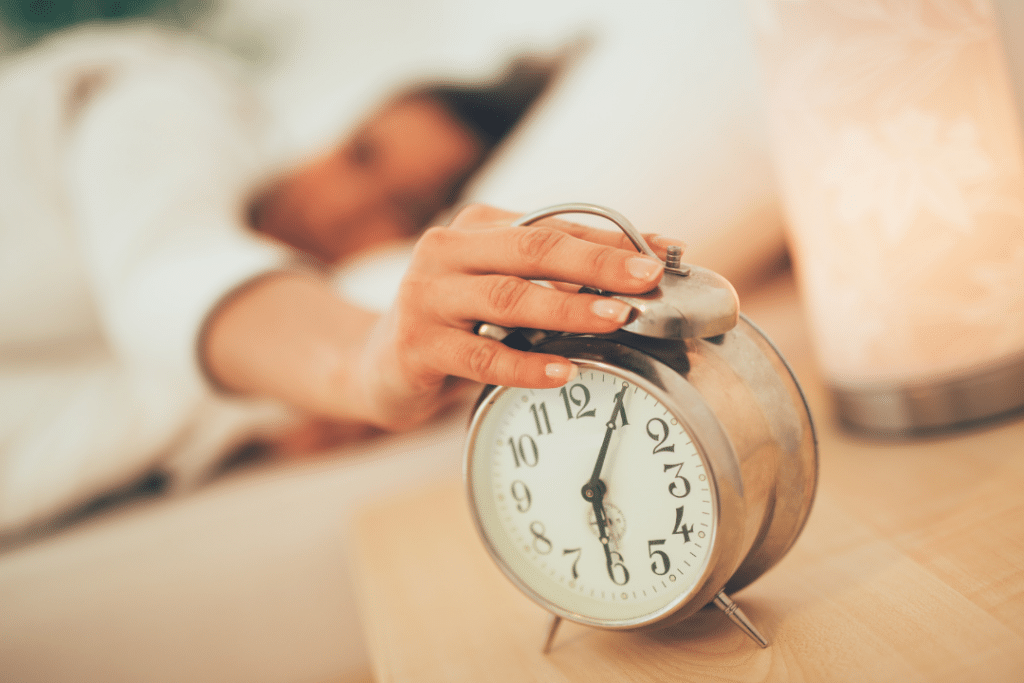Many years ago, I worked in recruitment at a law firm in Australia, hiring the next generation of partners – graduates. I was a recent graduate myself and found it easy to see parts of myself in these young budding lawyers. Some of them had studied at the same university as me, some of them had grown up near me, some of them looked like me. Without knowing it, I found myself looking more favourably at those that were similar to me. I fell into the biggest trap of recruitment – the Similarity Bias, where we tend to prefer what is like us over what is different.
But similarity bias doesn’t just impact us in recruitment. It turns out that we are also more likely to enjoy problem solving with people who tend to share our same sleep-wake cycle, or ‘Chronotype’.
Chronotype refers to the natural 24-hour sleep-wake cycle that influences the peaks and troughs of your energy throughout the day. Some people are morning types who tend to wake before or as the sun rises and sleep earlier (known as “Larks”) than those that are evening types (“Owls”). Owls experience cognitive alertness at night, whereas Larks experience this alertness roughly two hours after they wake. If you don’t fall into either extreme, you are a “Middle bird’.
Working according to your chronotype will improve your mood and productivity. We should be tackling our most challenging task at the time of day in which we “peak” – morning or evening. But the impact of chronotypes on group performance is not so well-documented.
In 2019, researchers from the University of Washington and Microsoft asked 28 groups of two or three people to solve analytic and creative problems in the morning or evening. They captured their individual chronotypes and then categorised the groups as either homogeneous – where all participants had the same chronotype, or heterogeneous – where at least one person had a different chronotype from their group members. They also measured heart rate and skin conductance. Finally, they measured how quickly and accurately the groups solved the problems.
The researchers found that groups of people with the same chronotypes experienced higher levels of satisfaction. This was thanks to a process called “physiological synchrony”, where our bodily signals (e.g. our heart rate) sychronise when we spend time with people in-person. When our bodies synchronise, we experience greater feelings of social cohesion. The more synchrony, the better we feel about being in that group.
In contrast, the groups with different chronotypes didn’t experience as much synchrony, and therefore had lower levels of satisfaction. This highlights that our chronotype may be one of the factors influencing whether we prefer working with one person over another.
But before you commit to never again working with that Owl in your team…
The most interesting finding was that of group performance – groups made up of people with the same chronotype always performed significantly worse than the groups with a mix of chronotypes. This was regardless of time of day, chronotype or type of problem solving task.
So what does this mean for the modern hybrid office?
- When your goal is to optimise outcomes, prioritise diversity of chronotypes in your teams. Sure, these teams aren’t likely to experience the highest levels of affiliation and “good vibes”, but they will produce the best outcomes, regardless of your needs for analytic or creative thinking.
- If instead your goal is to foster greater connection and cohesion, then clustering people who have the same chronotype is likely to facilitate this goal, thanks to the effects of physiological synchrony.
If you are looking to improve how your hybrid team works together, find out your chronotype by completing this assessment – and feel free to pass it onto your teammates as well!

